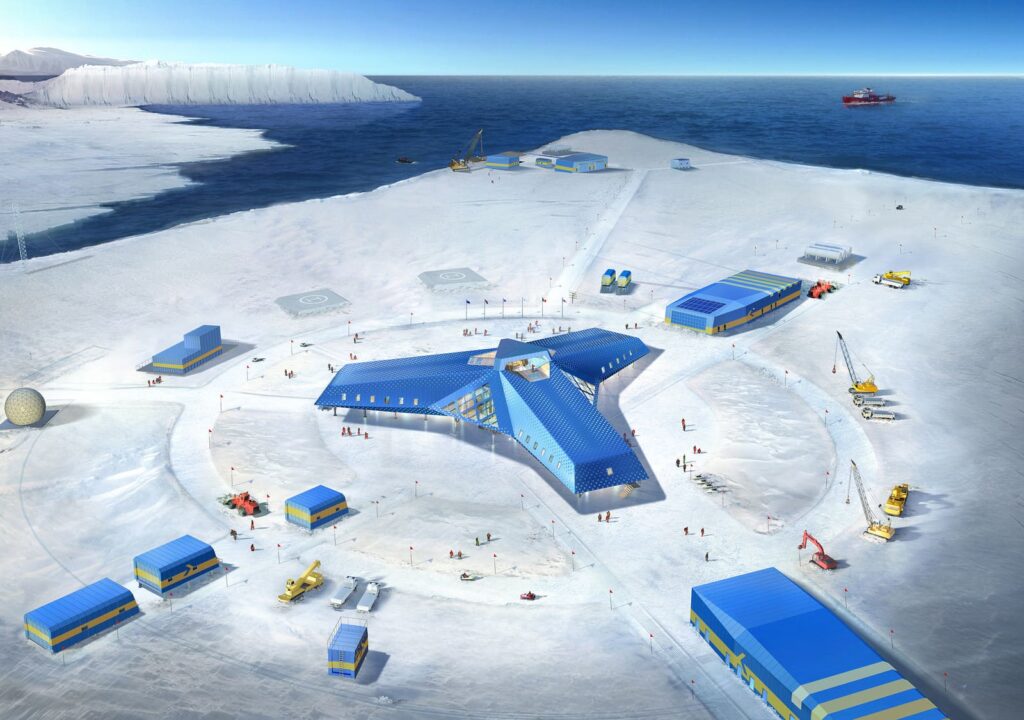Building in Antarctica, the coldest place on Earth, is a challenging process for engineers and architects
When building in Antarctica, architects seek to create designs capable of withstanding the harsh climatic conditions while incorporating innovations to maximize the use of all resources. Antarctic stations have become ideal places for architects to unleash their imagination and turn their ideas into futuristic designs.
For decades it was impossible to construct visually attractive buildings in Antarctica. The extreme climate, with strong winds and accumulation of snow and ice, made the work of builders extremely difficult. However, thanks to technical advances, we can now find buildings in Antarctica that incorporate the most modern visions of architecture.
One of the most modern stations in Antarctica is Comandante Ferraz, which belongs to Brazil. A fire destroyed the previous facility in 2012 and it was reopened eight years later. The facility is located on the Keller Peninsula on King George Island.
The Brazilian base was designed by the Estudio 41 group and built by the Chinese company CEIEC at a cost of US$100 million. The facility is a long, flat building with an area of 4,500 square meters. It can accommodate up to 64 people at a time. The facility houses 17 laboratories conducting research in different areas, such as meteorology, molecular biology and astronomy.
The challenge of building in Antarctica
Another country that has a modern station in Antarctica is India, with its Bharati base. It consists of 134 prefabricated containers. South Korea also has a base with a futuristic design. The Jang Bogo station was built in a module divided into three wings, each supported by reinforced steel blocks.
Great Britain was a pioneer with its Halley VI base. It is considered the first mobile station in Antarctica, as it was built on skis. Halley VI has eight modules supported on hydraulic legs with skis. When the weather becomes intolerable, each base module is “lifted” onto the legs and slid onto the skis. In this way, the modules can move independently.
Indian architects developed an ingenious solution to the problem of snow accumulation at the Sanae IV base. The modules of this base are built on pillars. Thus, each module can be “shaken” and the snow remains under the buildings.
Indian architects developed an ingenious solution to the problem of snow accumulation at the Sanae IV base. The modules of this base are built on pillars. This allows each module to be “shaken” and the snow to remain under the buildings.
Innovations do not stop and several countries are already restructuring their oldest bases in Antarctica and creating other scientific stations.These buildings test many of the ideas that we will later see embodied in constructions in different parts of the world.

